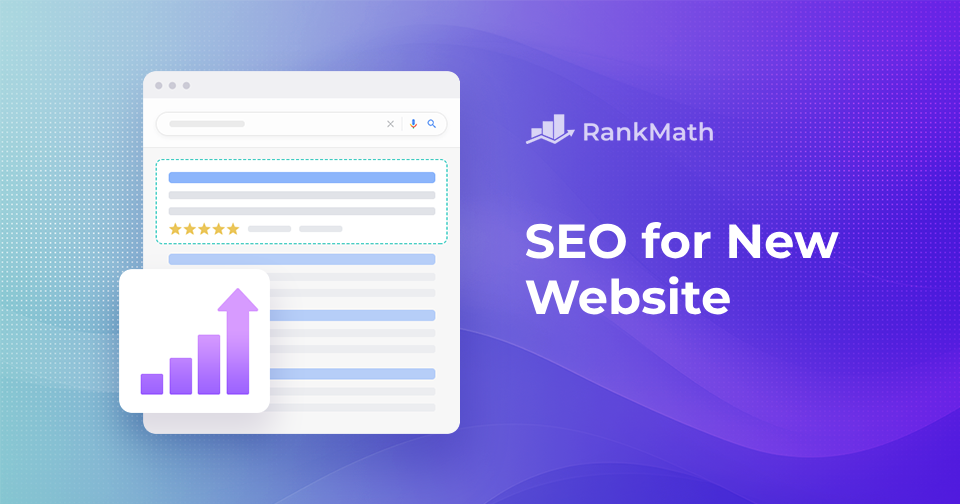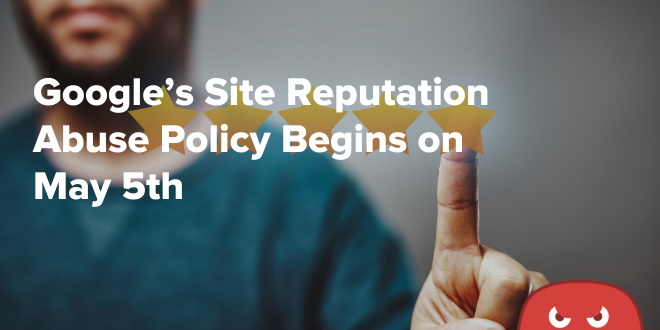
Are you a veteran or military spouse looking to start a business?
The U.S. Small Business Administration (SBA) has a free business course. It has great classes about business and entrepreneurship, taught by qualified business advisors from all around the world.
In this guide, we’ll share everything you need to know about the Boots to Business program, including:
What is Boots to Business?
The Boots to Business program is a business course for veterans. The goal is to guide them through the transition from serving to becoming a business owner, covering topics like business plans and launching a product.
Whilst Boots to Business is designed to help veterans to start small businesses, It’s not just veterans who get access. Military spouses and their families qualify, too.
Research shows that veterans are 45% more likely to be self-employed than non-veterans. [1] They also tend to have significantly fewer mentorship options and lack networking opportunities. [2]
But with limited veteran-specific support for entrepreneurs, the Boots to Business program aims to fill that gap. It’s completely free and provides help during the transition from vet to business owner.
Boots to Business Reboot program
The main Boots to Business program is for transitioning veterans: people actively making the switch or finishing their service.
However, they launched a Reboot program that’s open to veterans of all ages and their families. It’s the same course, just open to you (and your family), even if you served years ago.
The Boots to Business curriculum
The Boots to Business program was initially piloted in 2012 and fully rolled out in 2014 with global deployment.
Now, the entire course is brown down into two parts:
- Introduction to Entrepreneurship: This class takes two days to complete, and it’s taught by business advisors in person and worldwide. It covers all the foundations of running a business—including launching a product, developing business concepts, and creating a business plan.
- Follow-on Support: This part of the program consists of online courses in partnership with Mississippi State University (MSU). Guidelines say they take eight weeks to complete.
The introductory classes are all over the U.S., including Texas, Hawaii, Illinois, Florida, and California. There are also classes in over 180 military installations worldwide, so you don’t need to be in the U.S. to participate.
However, with COVID-19 restricting gatherings, all in-person classes have been suspended until further notice. They are transitioning to online classes but haven’t yet released any more information.
Does the Boots to Business program offer grants?
The program itself doesn’t have an official grant to give to veterans who complete it.
However, some states have a grant available to veterans after they complete the Boots to Business program. Indiana, for example, has a $10,000 grant available to anyone who completes the program and has a business plan—something the course teaches you to create. [3]
We advise checking your state or local authorities to see whether there’s any funding like this for your area once you complete the Boots to Business program.
How SEO can help entrepreneurs participating in the program
Starting a business can be overwhelming. As you work your way through the program, you’ll see tons of great resources on how to write a business plan, launch a product, and develop concepts.
But to make all of that effort worth it, you need to get customers. Search Engine Optimization (or SEO, for short) is a superb way to do that.
There are many resources to learn SEO online, like Gotch SEO Academy. We recommend taking that next step after completing the Boots to Business program because it profoundly impacts your online success.
1. Reach people already looking for your business
Part of the business plan creation section in the Boots to Business course covers how you’ll market your new business.
SEO is a simple but effective way to do that. It’s the process of reaching the top spots in Google so that when someone searches for products or services you offer, your website is one of the first they see.
Let’s say you’ve used the Boots to Business program to launch your hair care product business, for example. You can use parts of your business plan to understand who would buy your product and what they’re searching for. That might include keywords like:
- “Shampoo for curly hair”
- “Hair products for curly hair”
- “Best shampoo products for frizzy hair”
Almost 20,000 people search for those three terms each month. SEO tactics can help you get there—even if you don’t have tons of money to invest in marketing or advertising.
2. Improve the user experience on your website
Start-up businesses don’t often have tons of cash to plow into a fancy website. So, they purchase a website theme, make a few small customizations, and call it a day.
The only problem? Your website might not be easy to use—a massively off-putting experience for any shopper considering purchasing from your website.
Luckily, some SEO tactics cross the user experience line. Adding links to your homepage, category, and product pages in the navigation bar, for example, shows search engines that they’re important links (and should respect them more than the others.)
But adding those navigation links makes it easy for website visitors to hop around your website. There’s less chance of them exiting your site without buying a product—even if they initially wanted to.
Remember: you can have the best products and business plan in the world, but if you’re not making it easy for people to buy them, it won’t work.
3. Use SEO-friendly content to tell your story
Content is the foundation of any SEO plan. It’s the text Google reads to understand what your website is about—and, therefore, what it should rank in search engines for.
This can take many forms, but blog posts usually help you stand out. That’s because most blog posts rank for a non-product-specific keyword, such as “veteran-owned businesses” or “how to [do the service you help with].”
The content needs some extra tweaks to become SEO-friendly, though. Some basic on-page SEO principles include:
- Referencing the keyword in your content multiple times
- Using heading tags inside your Content Management System (CMS) to show Google which parts of the page are most important (Read Next: What’s the Best CMS for SEO? 10,000 Keywords Analyzed)
- Adding the keyword to the URL
- Inserting images with the keyword included in the file name
- Linking to other blog posts on your website, known as internal linking
This SEO content is a great place to talk about the background of your new business. Being veteran-owned is a great thing; you should talk about it! Chances are, you’ll start to attract people looking to buy from veteran-owned businesses.
But if that’s too much work, don’t worry. You can get support from SEO companies during this content stage—especially if you don’t have much experience writing content. They’ll help you pick some keywords to target that are relevant to your business and write SEO-friendly content that helps you rank for them.
You’ll also want to learn about backlinks as well.
How to join Boots to Business
There’s no doubt that the Boots to Business is a great way for veterans, active military people, and their families to start a business. It will teach you everything you need to succeed. All you need beforehand is an entrepreneurial spirit.
So, fancy joining Boots to Business? Go here to learn more about the program.
References
- https://www.sba.gov/content/facts-veterans-and-entrepreneurship
- https://lending-times.com/2019/12/05/is-veteran-owned-entrepreneurship-headed-toward-extinction/
- https://www.reuters.com/article/us-usa-election-buttigieg/democrat-buttigieg-unveils-80-billion-plan-to-bring-internet-to-all-rural-americans-idUSKCN1V310J



